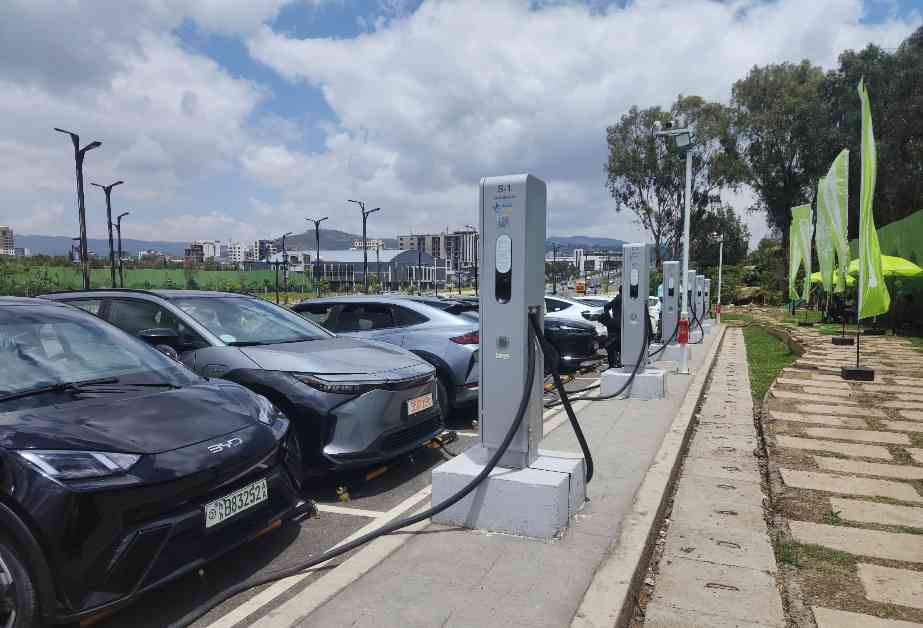As Ethiopia’s fuel prices keep on climbing and eating into his daily earnings, Teshale Natnael, a motorcycle taxi rider, believes that an electric scooter could be the answer to his problems. But, there’s a catch. “We don’t have electricity in our village,” Teshale, 25, mentioned whilst enjoying a hot cup of coffee during his break in Dubancho village near Yirba, a small town in the Sidama region approximately 350 km (220 miles) south of Addis Ababa.
Ethiopia took a big step by becoming the first country in the world to ban non-electric vehicle imports last year, positioning itself at the forefront of African nations’ ambitious plans to promote the transition to electric vehicles (EVs). Since the ban was put in place, over 100,000 EVs have been imported, as per the transport ministry’s reports. The aim is to hit 500,000 by the end of the decade. The government has also been providing tax incentives and other financial perks to encourage local assemblers to join the market, which is currently dominated by foreign imports and companies.
**Challenges in Rural Areas**
Despite the progress made in increasing electricity accessibility over the past decade, with only about half of Ethiopia’s 120 million people connected to the national grid and other off-grid systems, there are still challenges. Those without access mostly reside in rural areas, according to the World Bank. This lack of mains power in places like Dubancho has made expanding EVs a tough task, as Yizengaw Yitayih, a sustainable mobility expert at the transport ministry, pointed out. The ministry’s goal is to have charging points nationwide within 120 km (74 miles) of each other, but the lack of skilled mechanics and public awareness about EVs remain obstacles.
**Struggles and Solutions**
EV adoption in rural areas is also hindered by the absence of skilled mechanics and low public awareness about EVs, according to Yizengaw. The government has sought international funding to overcome these challenges. Retrofitting fossil fuel vehicles is a growing area, with training centers being established for mechanics specialized in repairing electric cars, scooters, and rickshaws. However, higher purchase costs and limited access to financing pose significant barriers to EV adoption in rural areas, where banks are scarce, and incomes are lower. For Teshale, affording an electric two-wheeler priced between 150,000 and 200,000 birr ($1,100-$1,500) is a challenge, as he only earns around 900 birr ($6.90) per day since fuel subsidies were removed in 2022.
**Opportunities for Growth**
Shantha Bloemen, managing director at Mobility for Africa, a social enterprise that provides green mobility services to rural communities, believes that EVs can be successful in rural areas with the right investments in research and development. Bloemen’s organization has been developing battery-powered tricycles designed for rural roads, along with training local technicians for maintenance and setting up solar-powered charging stations. She emphasized the need for a holistic approach involving various government ministries to drive the adoption of EVs in both urban and rural areas. Despite challenges, the push towards greener transportation in Ethiopia and across Africa shows promise for a more sustainable future.














